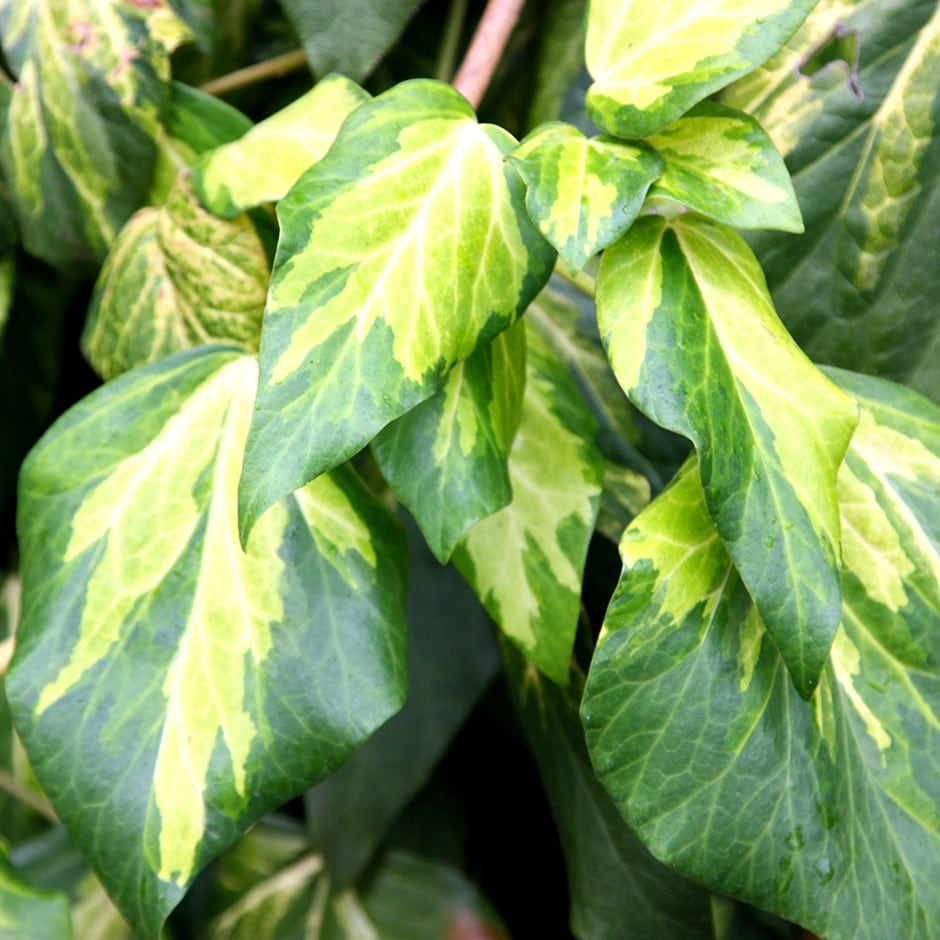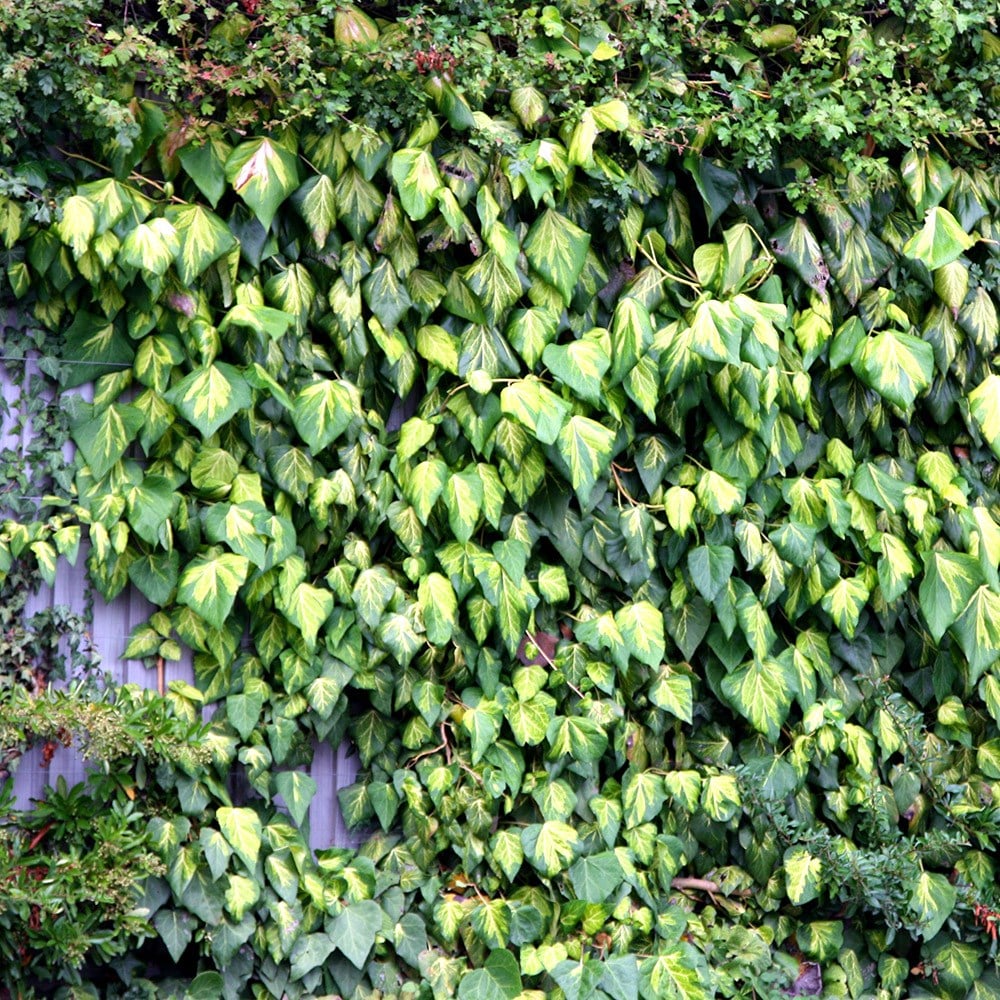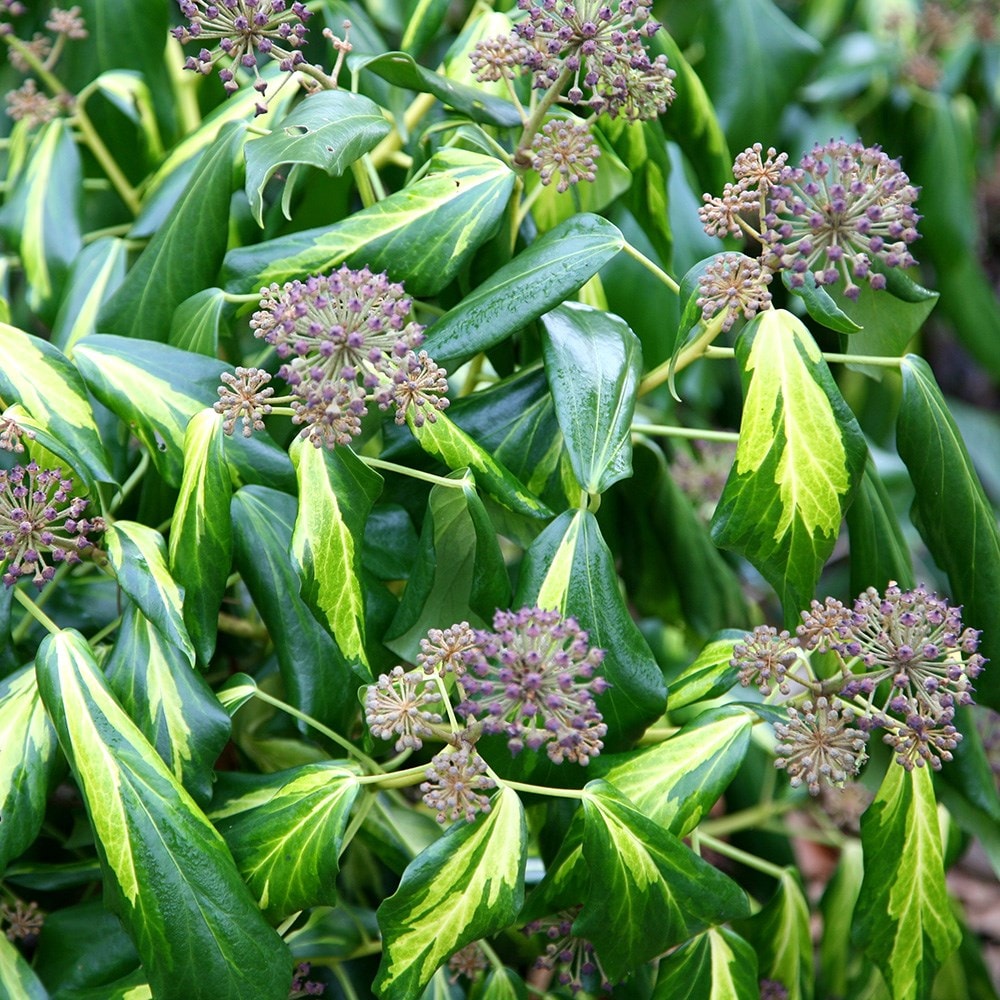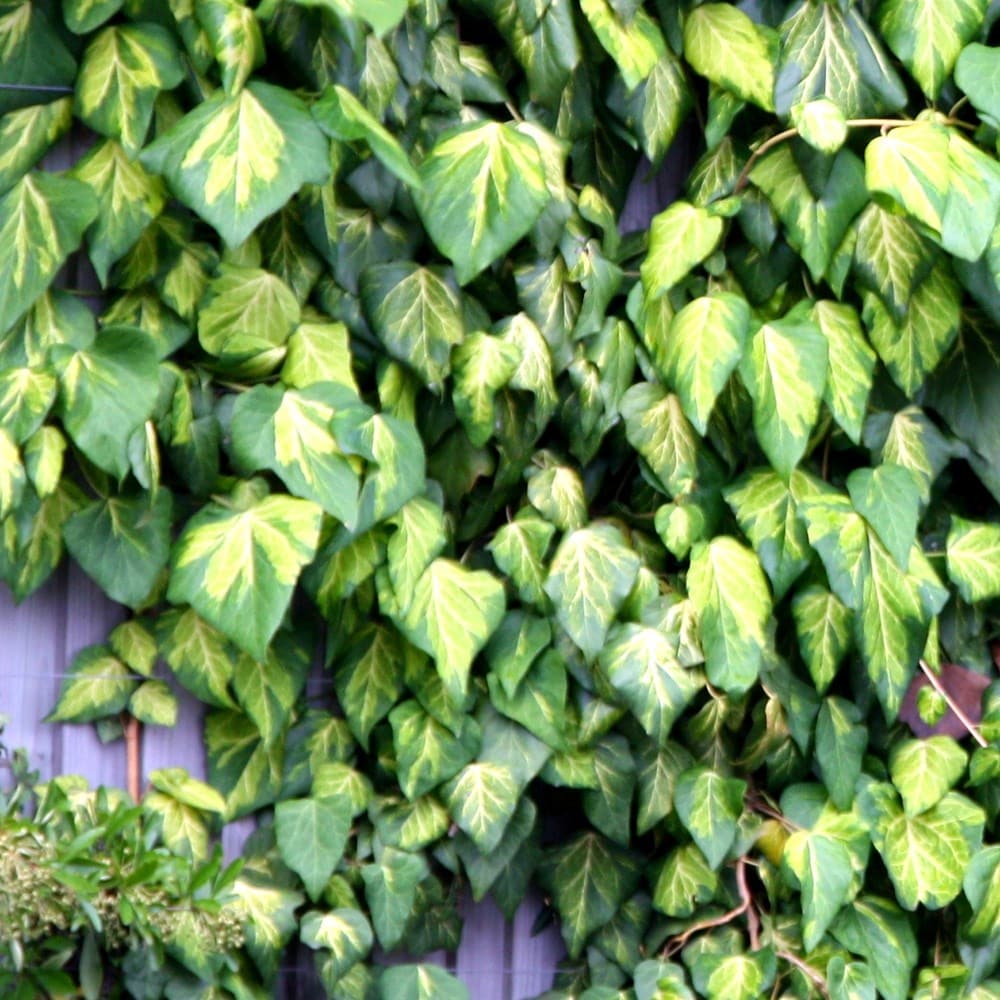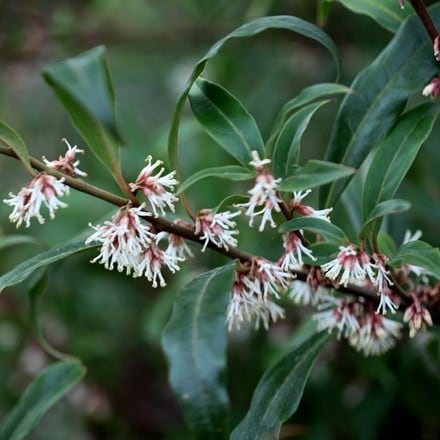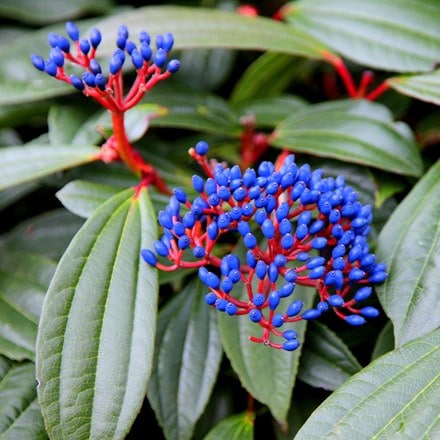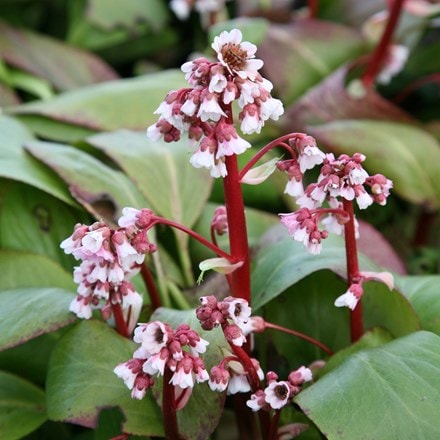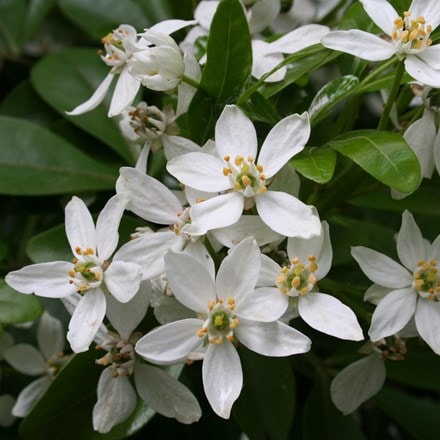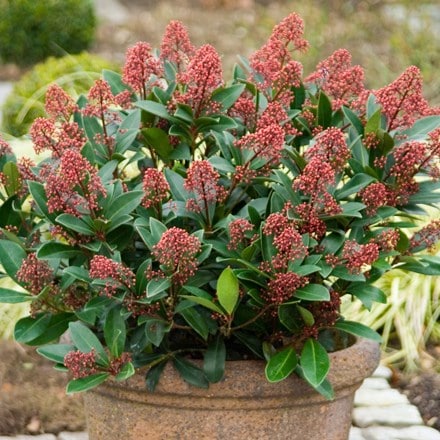Hedera colchica 'Sulphur Heart'
Persian ivy ( syn. Paddy's Pride )
- 3 litre pot | 60cm cane
- £29.99
- In stock (shipped within 2-3 working days)
Delivery options
- Standard £5.99
- Position: full sun or partial shade
- Soil: moderately fertile, moist but well-drained
- Rate of growth: fast
- Hardiness: fully hardy
This vigorous, self-clinging, variegated Persian ivy has heart-shaped, mid-green leaves splashed with yellow. As it matures, the variegation of the foliage becomes more pronounced.
Hedera colchica 'Sulphur Heart' is a handsome, evergreen climber suitable for brightening or covering a shady wall, or providing fast-growing groundcover. Once mature, the plants appeal is further enhanced with relatively large, spherical clusters of greenish cream flowers in autumn. It is suitable for a wide range of soil types from alkaline to acid though though performs best in moderately fertile, well-drained soil.
Hedera colchica 'Sulphur Heart' is a handsome, evergreen climber suitable for brightening or covering a shady wall, or providing fast-growing groundcover. Once mature, the plants appeal is further enhanced with relatively large, spherical clusters of greenish cream flowers in autumn. It is suitable for a wide range of soil types from alkaline to acid though though performs best in moderately fertile, well-drained soil.
Plant level with the soil surface and incorporate some well-rotted compost into the backfill, sprinkle some mycorrhizal fungi over the rootball and firm the soil around the plant. Water thoroughly after planting and mulch to retain moisture.
Once established, ivy can provide a protective habitat for birds and other animals, so any pruning should be tackled ahead of the nesting season in late winter or early spring. Before pruning, observe for a few days, and if birds are returning to one spot, consider leaving it alone as nest building may already be underway.
Once established, ivy can provide a protective habitat for birds and other animals, so any pruning should be tackled ahead of the nesting season in late winter or early spring. Before pruning, observe for a few days, and if birds are returning to one spot, consider leaving it alone as nest building may already be underway.
To avoid dry conditions, and to ensure good soil contact around the rootball, we advise planting climbers at least 30cm (12in), and preferably 45-60cm (18-24in) away from the base of a wall or fence. An even larger distance should be maintained when planting climbers beside an existing tree or shrub.
- Humans/Pets: Harmful if eaten; skin irritant/allergen
